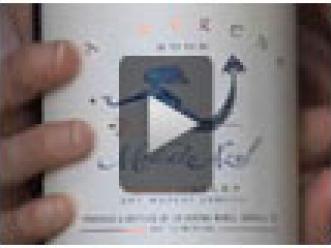Perhaps the most obscure wine making region in all of Italy is the region of Molise. Molise is surrounded by Abruzzo, Lazio, Campania, and Apulia. Until 1963, the region of Molise was part of the same political region as Abruzzo (
Montepulciano d’Abruzzo was discussed in a previous article). In fact, the food and traditions here are closely associated with Abruzzo. Yet, its closeness to both Apulia and Campania lend it a bit of a southern influence. The wines of Molise achieved their own independence in the 1980’s with the creation of two DOCs: Biferno (named after the largest river in Molise) and Pentro di Isernia. These hillside areas receive wonderful sunshine and are sandwiched between the Apennines Mountains and the Adriatic Sea. Biferno wines can be red, white or rosé. The whites are predominantly made from the Trebbiano grape along with the Bombino in smaller proportions. The reds are a blend of mostly Montepulciano with some of the Aglianico grape. Wines from Pentro di Isernia can also be red, white or rosé. The whites are the same Trebbiano-Bombino grape blend, while the reds (and rosé’s) are usually a blend of Montepulciano and Sangiovese. More recently, in 1968 a DOC also called Molise was created. This DOC encompasses the region and allows for white, red, rosé and even sparkling wines.









